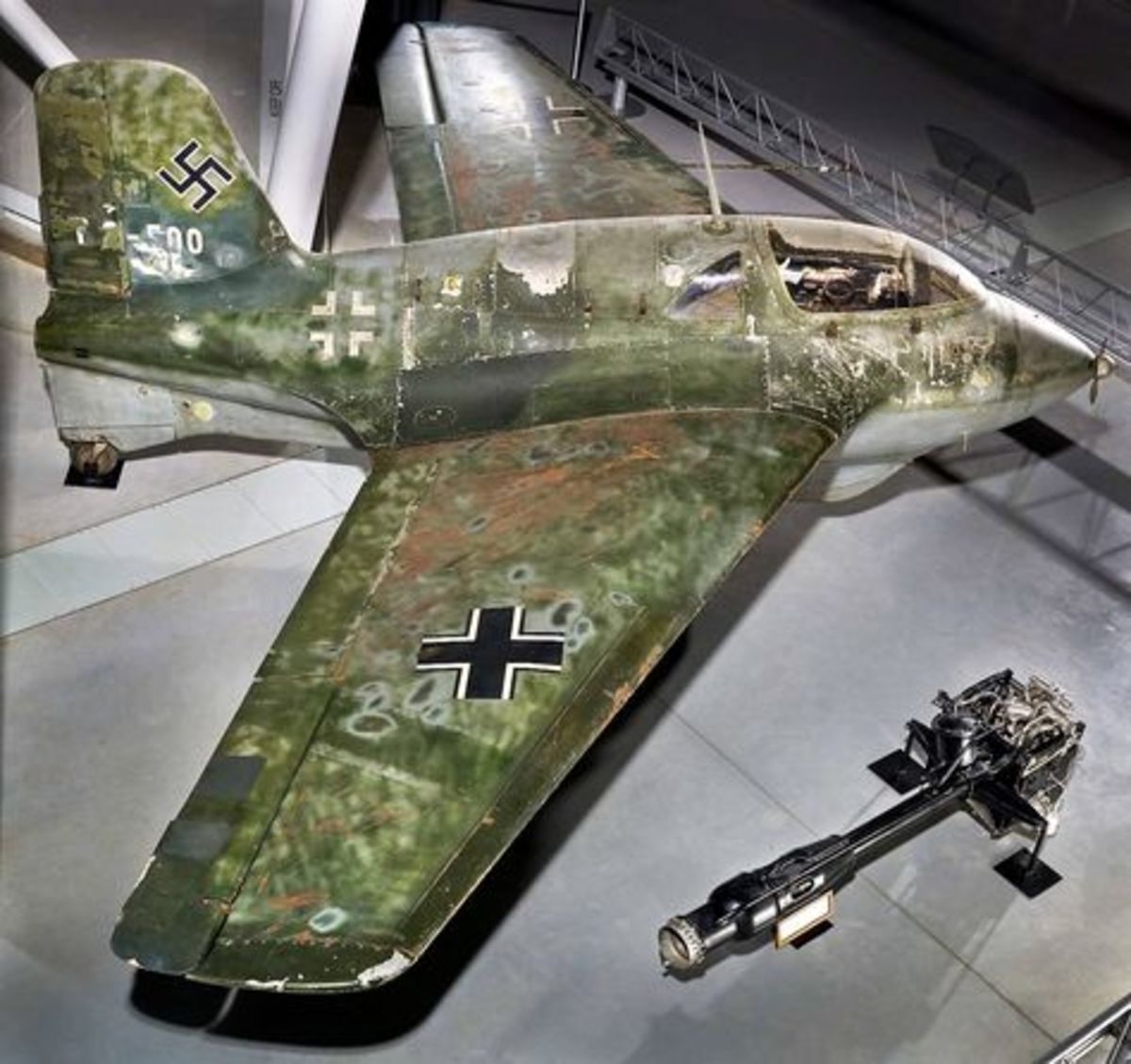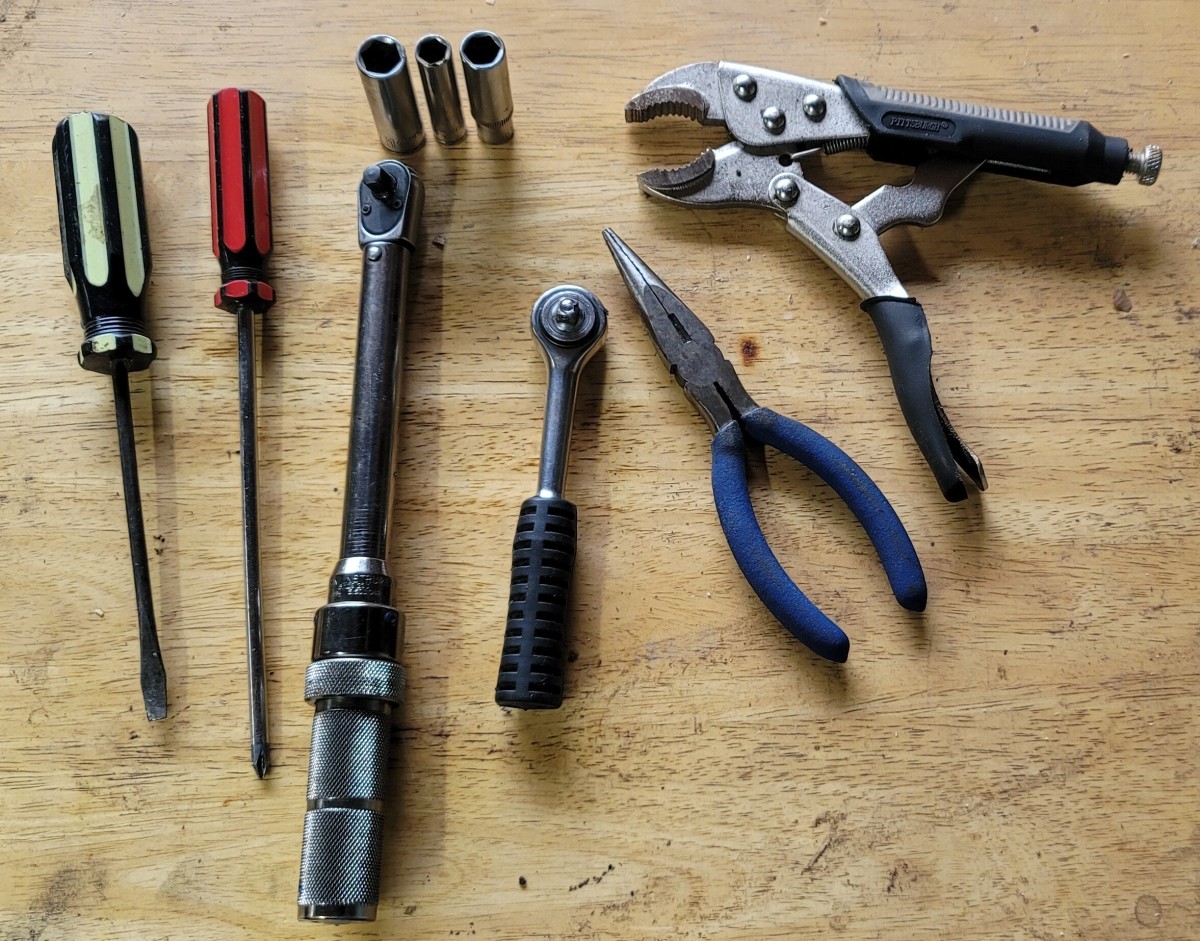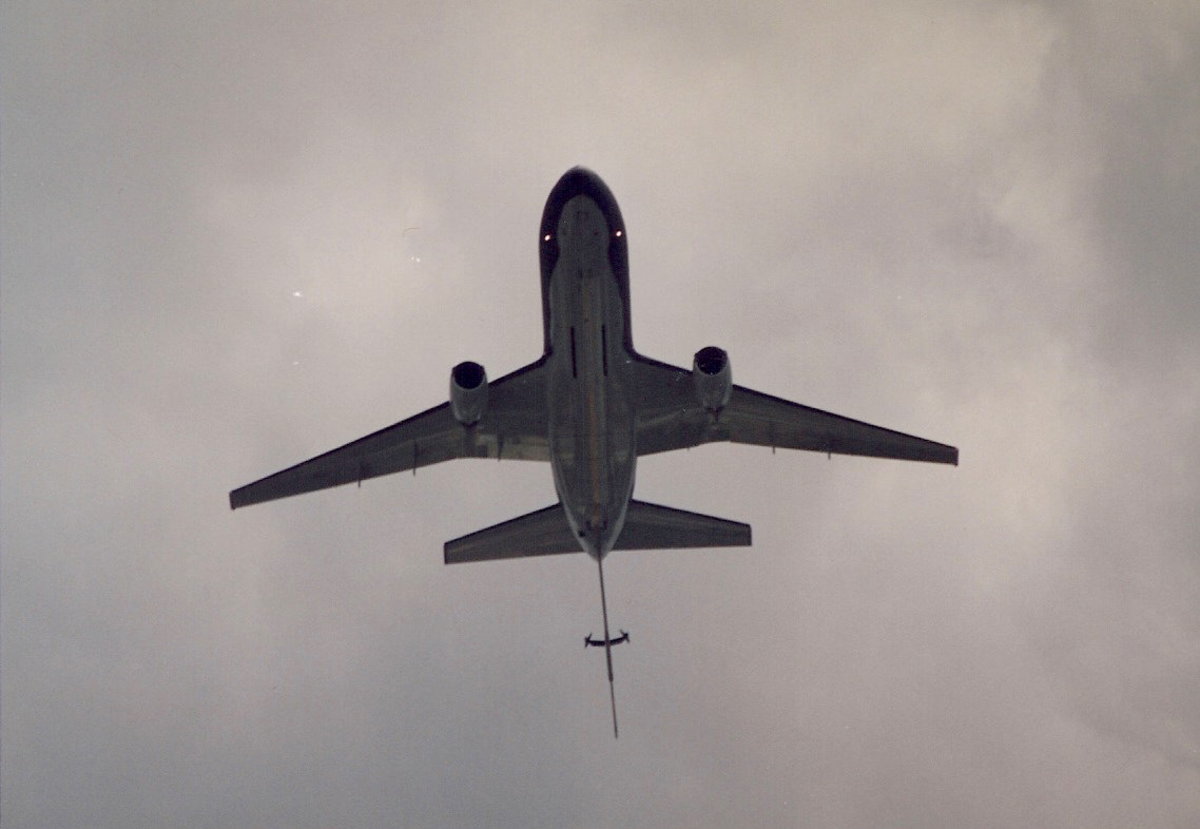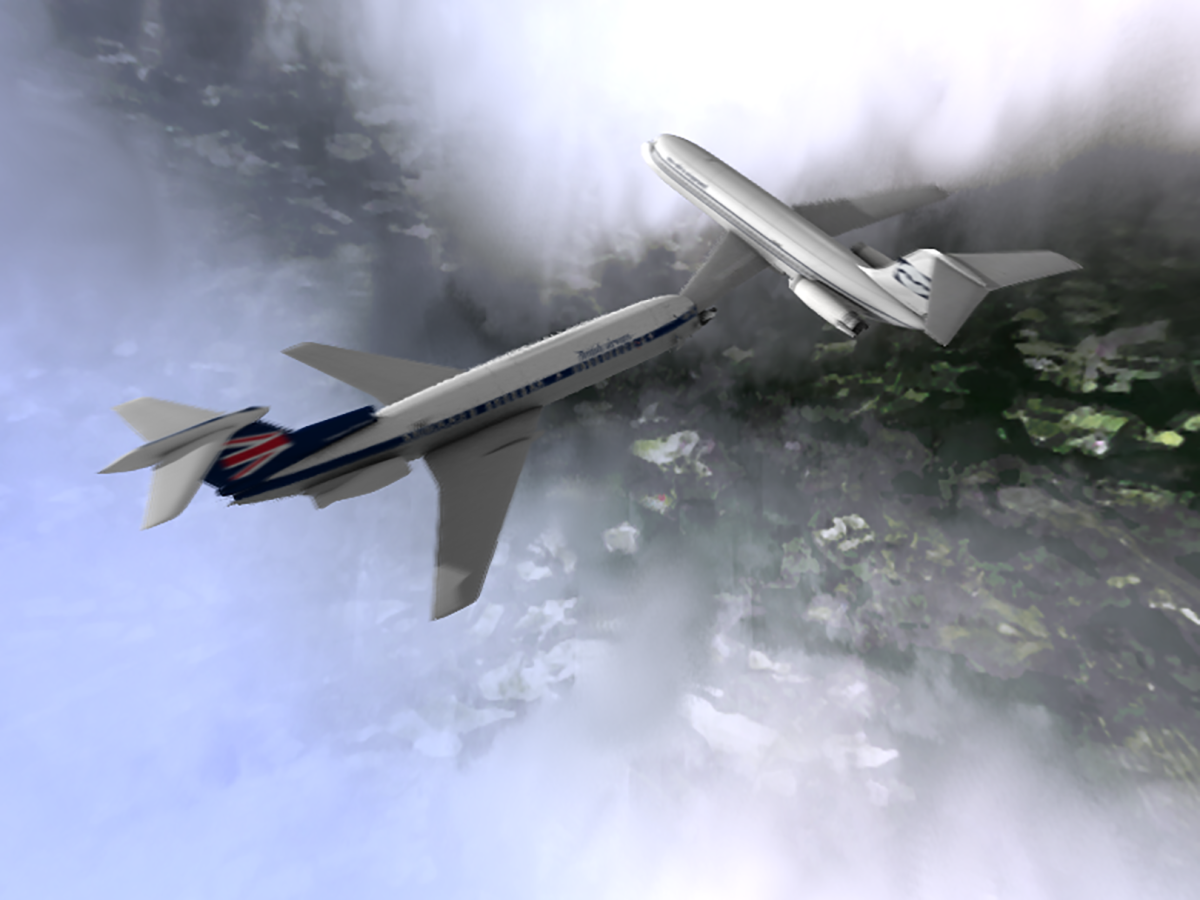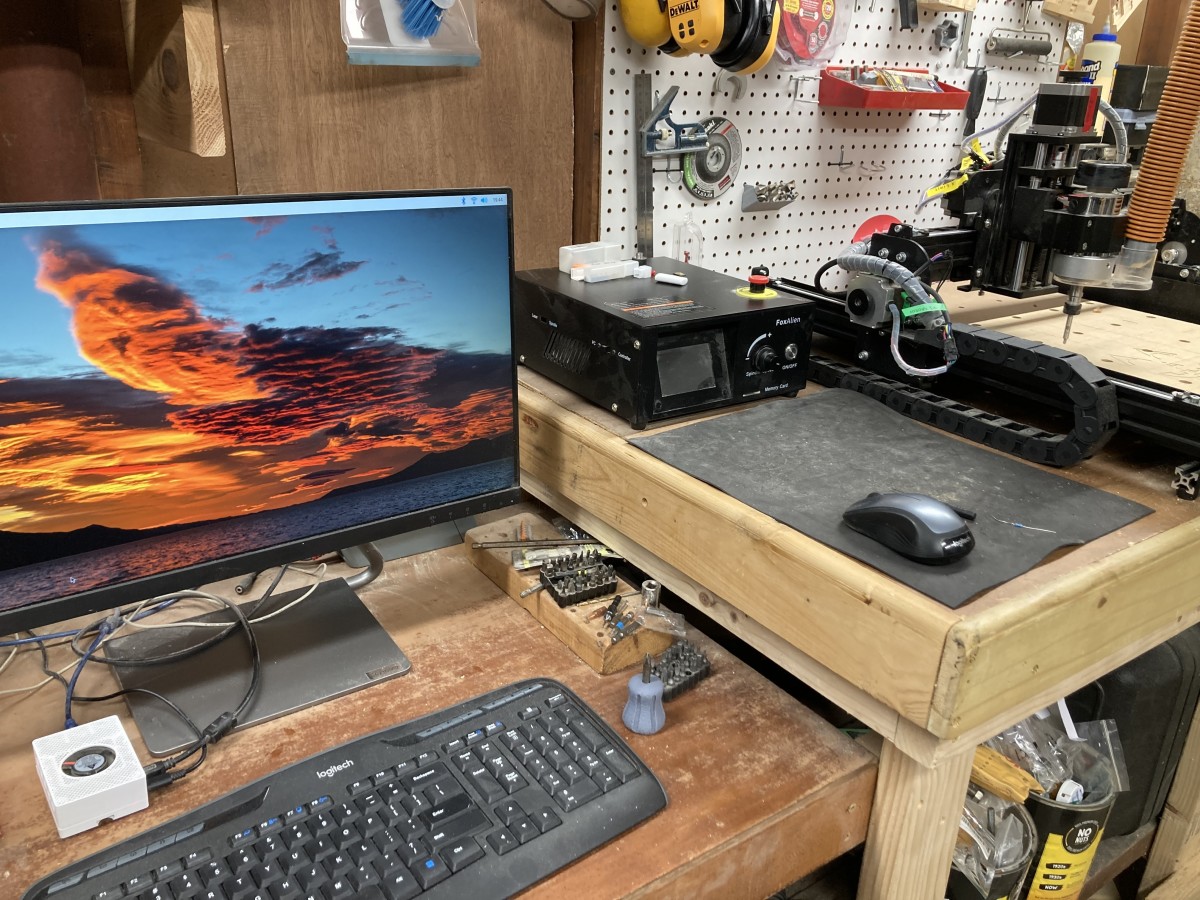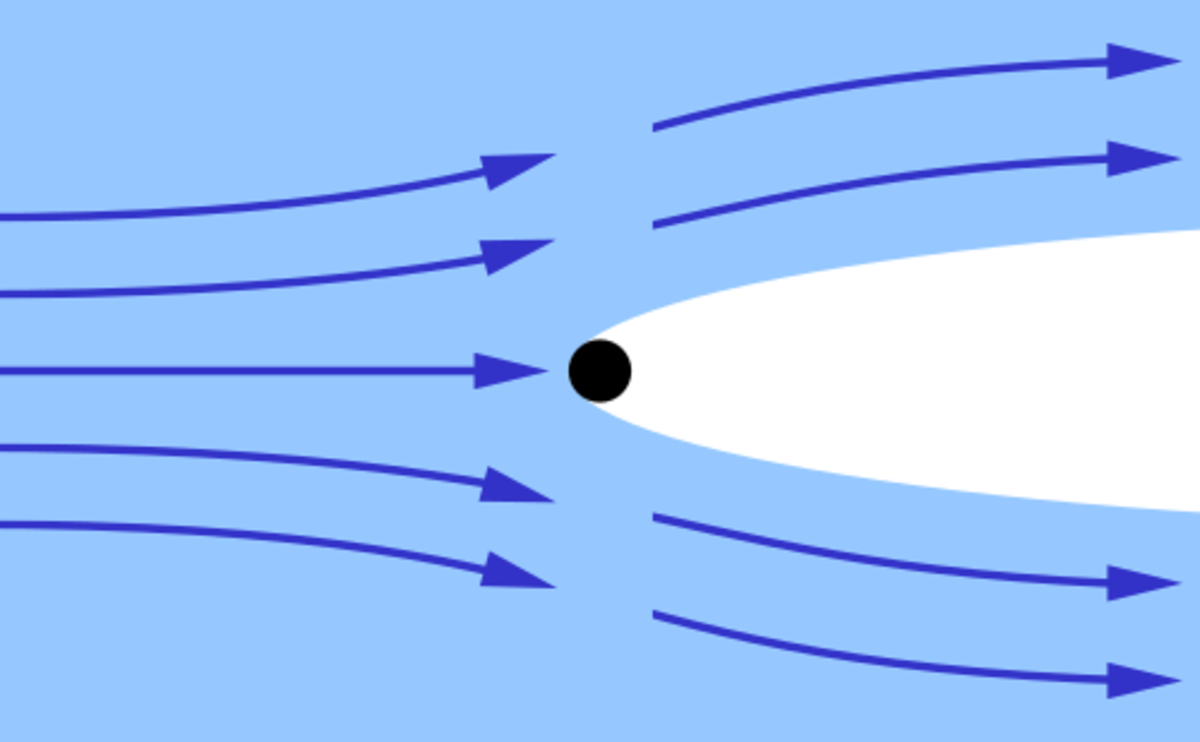Mid-Air Refuel
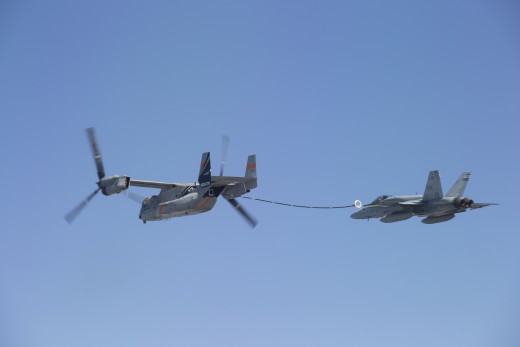
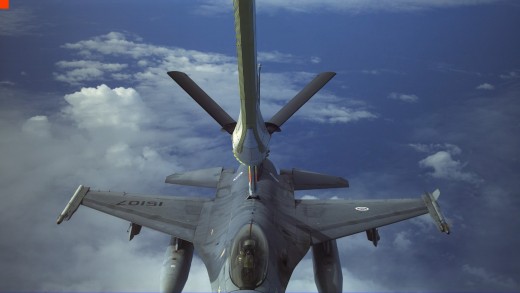
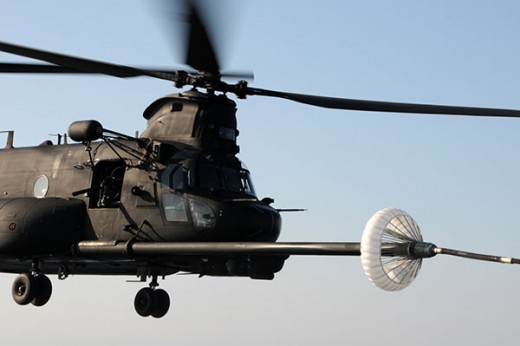
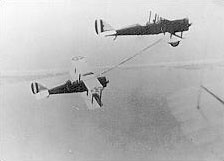
Economics of Air-to-Air Refeuelling
Mid-air refueling is the process where fuel is transferred between two aircraft, one the tanker and the other the receiver. The receiving aircraft obtains fuel during its flight, thus extending its flight time and allowing it to remain airborne longer. If the receiving aircraft receives repeated refuels, its travel time in air is restricted only by crew fatigue and other mechanical factors such as maintenance necessities or engine oil replacement. An aircraft can thus take off with more payload and lesser fuel in its tank, allowing it to carry more cargo in the form of personnel, cargo or weapons. Additionally, because of the lighter weight of the aircraft, a shorter take off is possible which is important in situations where the runway is restricted as in a smaller airfield.
Introduction
Mid-air refueling is aimed towards providing further range to an aircraft and consequently increasing the potential for combat at widely dispersed and far-flung locations. This has also been determined as a means to reduce cost of operation, since the process reduces the number of aircraft needed for patrol. It also has the potential to introduce fighter and reconnaissance aircraft into theater of operations within a shorter period of time. It is also cost effective from the point of requiring lesser number of maintenance crew on the ground with lesser aircraft being maintained for readiness, as well as reduces the period that aircraft stay on ground. Alternatively, a shorter take-off roll can be achieved since take-off can be at a lighter weight prior to refueling once airborne. Mid-air refueling also reduces consumption of fuel over longer distances, more than 5600 km, with saving on fuel estimated to be as high as 40%.
History of Air-to-Air Refueling
Lieutenants Oakley G. Kelly and John F. Macready flew for over 35 hours on Oct. 5, 1922 in a Fokker aircraft at California. They were required to land primarily because they ran low on fuel. To overcome that problem, engineers thought of a system where an aircraft can be refueled midair. Accordingly, on June 27, 1923, Lts. Frank W. Seifert and Virgil Hine flew an aircraft which could transfer fuel through a hose to another aircraft being flown by Lts. John P. Richter and Lowell H. Smith.
On Aug. 27-28 of the same year, Richter and Smith flew an aircraft for well over 37 hours and used 16 mid-air refuels. On Oct. 25 of the same year, they flew from the borders between Canada and Mexico non-stop, requiring just three mid-air refuels. Thus, the practice of extending the distance covered by an aircraft wherever required gradually caught on and became an established practice that was limited only by fatigue of crew or other mechanical factors.
Mid-air refueling these days is carried out by aircraft belonging to US, NATO, and some other nations including the UK Royal Air Force, Italian Air Force, French Air Force, Royal Australian Air Force, and German Air Force. Other than military aircraft, civilian aircraft are also being planned for mid-air refuels to extend their range and supplement their existing aircraft fleet.
Methodology of Air-to-Air Fuel Transfer
The boom and receptacle system and the probe and drogue system are the two methods for mid-air refuels between two aircraft. There also exists a hybrid of the two procedures, i.e., the “boom-drogue adapter” which is a combination of the two systems.
In the first method, the boom is a telescopic and rigid tube which the aircraft that carries the fuel for transfer extends into a receptacle within the aircraft that is being refueled. This is done by an operator for precision. Such aircraft only have a single boom and can thus transfer fuel only to a single aircraft. It basically uses a hose to carry out the operation.
In the drogue system, a fitting like a shuttlecock is fixed to a flexible hose through a valve. The receiver aircraft extends a probe into the hose through a funnel. The hose in turn is connected to a drum. When not required, the hose is reeled within the drum.The receiving aircraft is also fitted with a probe attached to its fuselage. The probe has a valve at its end that is only open when it is mating the drogue and is closed all other times. This procedure of fuel transfer will thus allow multiple aircraft to receive fuel at the same time.
Advantages and disadvantages of boom and receptacle air-to-air fuel
In the boom method of fuel transfer, a larger amount of fuel can be transferred due to the larger diameter of the transfer pipe. This is much higher compared to the flexible hose method, and thus the receiver aircraft can transfer fuel within a shorter period of time. However, fighters in an airplane pack can only receive lower fuel transfer rates, so this method may not be ideal for such aircraft. Larger aircraft like bombers can accept a larger rate of fuel transfer, and the boom type of transfer is ideal for such situations.
Thus, the flying boom method is not suited for fighter aircraft since the method necessitates modification to transfer fuel at a much lesser speed along with reduction of pressure while refueling. Furthermore, the training cost for the operator in such maneuvers is immense and prohibitive. The tanker design is also complex and only one aircraft can be refueled at a time using this process. This method cannot be utilized to refuel helicopters as well.
Advantages and disadvantages of probe and drogue
The probe and drogue system has a simpler tanker design. An existing aircraft can be redesigned to become a tanker by simply fitting it with the transfer pod. A tanker can be equipped with a multi-port refueling pod to refuel two or more aircraft at the same time. It thus reduces the refuel time by servicing four or more aircraft of a fighter pack, and can also be used to refuel helicopters. An aircraft pilot can operate the system and the consequent expenses involved in training an operator as in the boom method is obviated.
However, this method can only transfer fuel at lower rates due to the low pressure of transfer and smaller diameter of the transfer hose. Thus, a longer refueling time is needed with this method.This method is also susceptible to air turbulence and can be compromised by poor technique of the pilot of the receiver aircraft. The probe is located in the front of the tanker and thus expensive equipment can be damaged including ingestion of equipment into the engine of the plane.
Economics of Air-to Air Fuel Transfer
Thus, the economics of air-to-air fuel transfer need to carefully weigh the advantages and disadvantages vis-a-vis increased weapons load due to deduction in fuel carried during take-off thus utilizing the aircraft’s maximum weapons capacity and overcoming maximum take-off limitations, increased range for strike missions, and the advantage of not having to run home for refueling during combat missions. Furthermore, by reducing the number of aircraft needed to maintain a combat air patrol (CAP), it reduces the number of maintenance personnel needed as well as the amount of time an aircraft spends on the ground.
The disadvantages of air-to-air fuel are the need for dedicated tanker aircraft. These are expensive to purchase, operate and maintain. These aircraft also need to be protected since they are high value assets and become priority targets, further adding to their operating expenses.
Overall, the economics of air-to-air fuel is based on the requirement of defense necessity and strike capability of a nation. The economics for air-to-air fuel may not be justified for short-haul flights, but may be necessary when longer missions or flights are envisaged. The air-to-air fuel transfer system needs to be chosen carefully keeping the overall economics of operation in mind. The boom system may be chosen when higher fuel transfer is required within a shorter period of time. The probe and drogue system is suitable when multiple aircraft need to be refueled simultaneously. It is a simpler and cheaper design, and allows an aircraft not originally designed as a tanker to be converted into one, thus obviating the expenses involved in purchasing a dedicated and more expensive tanker meant solely for that purpose.

